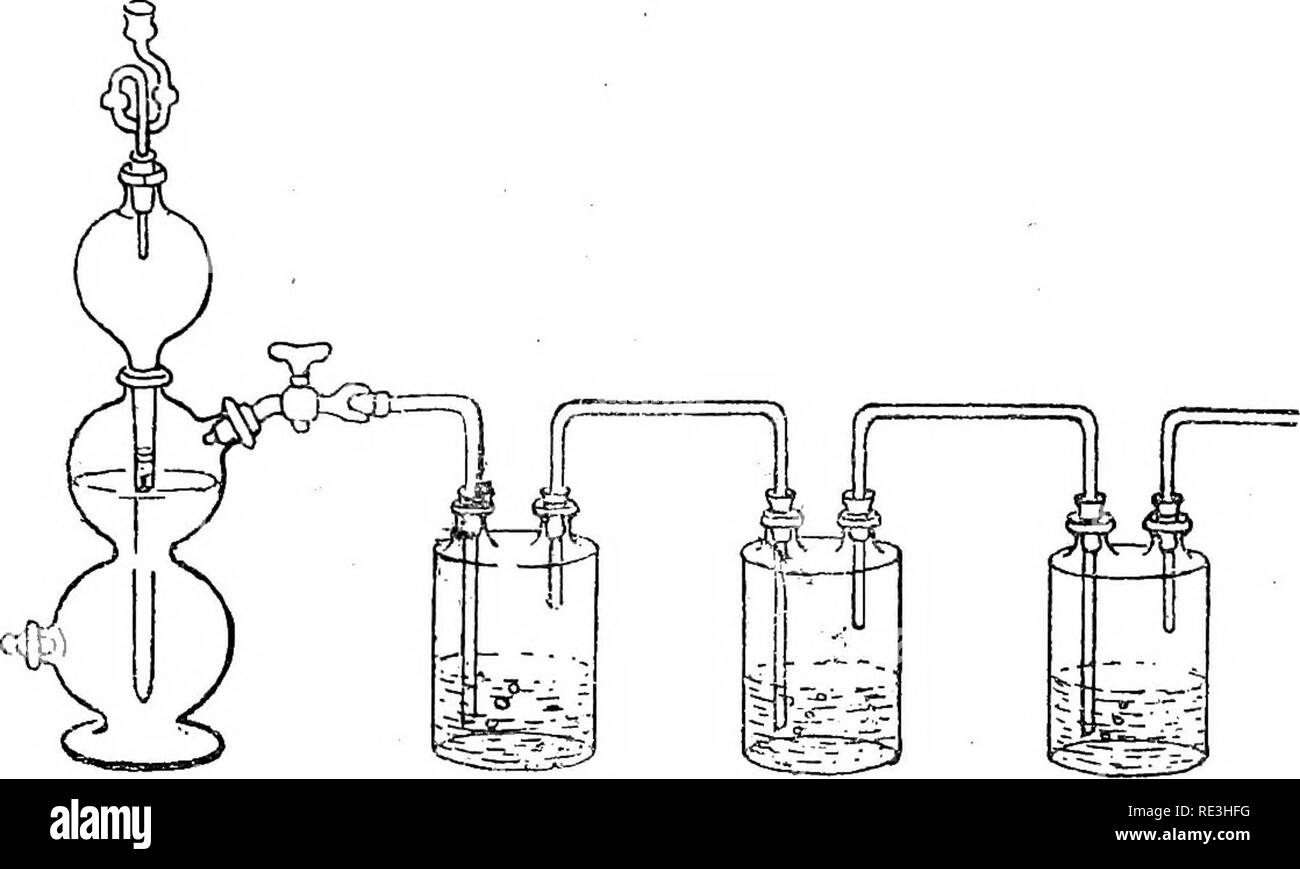. Bacteriology and the public health. Bacteriology; Public health. MEANS OF STERILISATION 23 Aerobiosis.—Pasteur was the first to lay emphasis upon the effect which free air had upon micro-organisms. He classified them according to whether they grew in air, aerobic, or whether they flourished most without it, anaerobic. Some have the faculty of growing with or without the presence of oxygen, and are designated as facultative aerobes or anaerobes. As regards the cultivation of anaerobic germs, it is only necessary to say that hydrogen, nitrogen, or carbonic acid gas may be used in place of oxyg

Image details
Contributor:
The Book Worm / Alamy Stock PhotoImage ID:
RE3HFGFile size:
7.2 MB (177.3 KB Compressed download)Releases:
Model - no | Property - noDo I need a release?Dimensions:
2042 x 1224 px | 34.6 x 20.7 cm | 13.6 x 8.2 inches | 150dpiMore information:
This image is a public domain image, which means either that copyright has expired in the image or the copyright holder has waived their copyright. Alamy charges you a fee for access to the high resolution copy of the image.
This image could have imperfections as it’s either historical or reportage.
. Bacteriology and the public health. Bacteriology; Public health. MEANS OF STERILISATION 23 Aerobiosis.—Pasteur was the first to lay emphasis upon the effect which free air had upon micro-organisms. He classified them according to whether they grew in air, aerobic, or whether they flourished most without it, anaerobic. Some have the faculty of growing with or without the presence of oxygen, and are designated as facultative aerobes or anaerobes. As regards the cultivation of anaerobic germs, it is only necessary to say that hydrogen, nitrogen, or carbonic acid gas may be used in place of oxygen, or they may. Fig. 7.—Method of producing Hydrogen by Kipp's Apparatus for Cultivation of Anaerobes (see p. 117. be grown in a medium containing some substance which will absorb the oxygen (see p. 117). Means of Sterilisation.—As this term occurs frequently even in books of an elementary nature, and as it is expressive of an idea which must always be present to the mind of the bacteriologist, it may be desirable to make allusion to it here. Chemical substances, perfect filtration, and heat are the three means at our command in Order to secure germ-free conditions of apparatus or medium. The first two, though theoretically admissible, are practically seldom used, the former of the two because the addition of chemical substances annuls or modifies the operation, the latter of the two on account of the great practical difficulties in securing efficiency. Hence in the investigations involved in bacteriological research heat is the common sterilising agent. A sustained temperature of 70° C. (158° F.) will kill all bacilli; even 58° C. will kill most kinds. Boiling at 100° C. (212° F.) for five minutes will kill anthrax spores, and for thirty to sixty minutes will kill all bacilli and their spores. This difference in the thermal. Please note that these images are extracted from scanned page images that may have been digitally enhanced for readability - coloration and ap